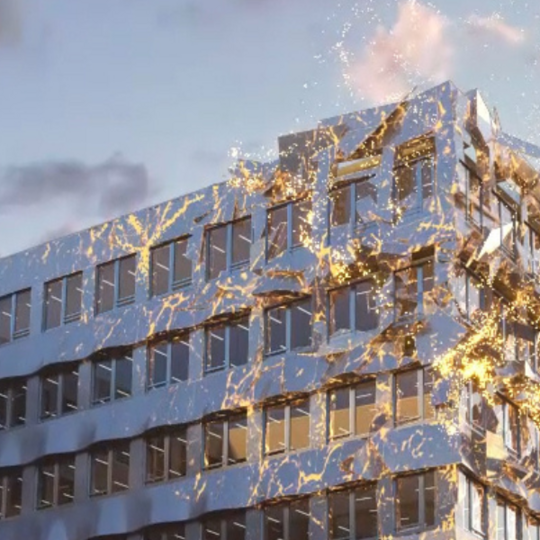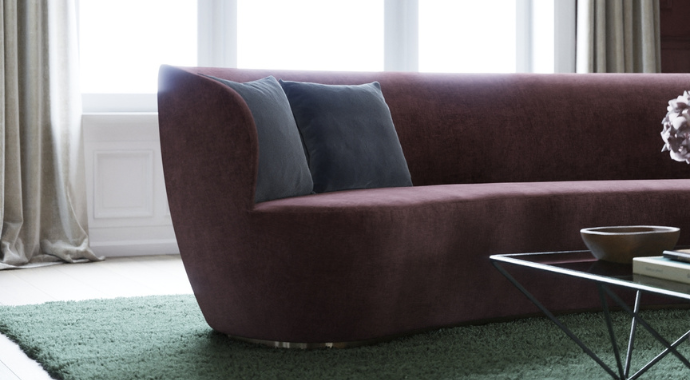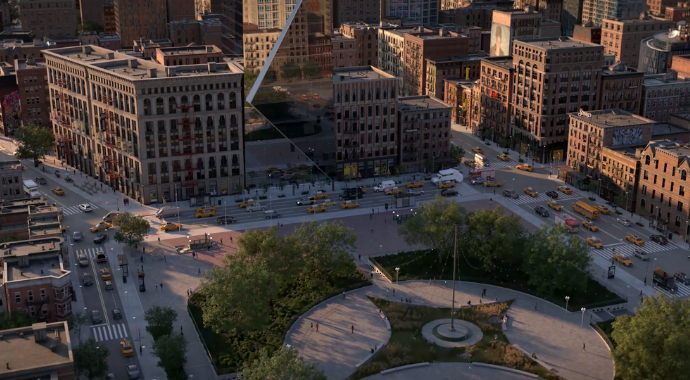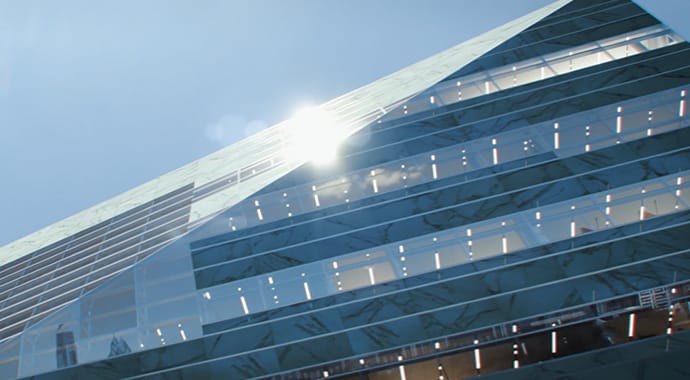Join Kreaction on a journey through the Parisien suburbs with its archviz film “Le soleil se lève à l'est” and learn valuable lessons to enhance your projects.
Kreaction is an archviz studio that emerged from the collaboration between two accomplished artists: Pierre Lecomte, skilled in architecture, and Nicolas Genette, talented in the field of photography. Driven by a shared passion for crafting captivating images and animations, they soon found themselves overwhelmed, which prompted them to establish a small team while preserving the freelance studio ethos. As their team expanded, they delved into research and development, creating numerous in-house tools to improve their workflow and bridge the gap between various software platforms.
The studio graciously shared with us their captivating audiovisual project, Le soleil se lève à l'est, that unfolds in the captivating suburbs of Paris, to the east of Fontenay. The project was rendered using V-Ray for 3ds Max, and Chaos Phoenix was utilized for the simulations. As you delve into the details, you'll discover invaluable lessons that can be applied to enrich your own projects.
Building the audiovisual narrative
The project was located in the suburbs of Paris, to the east of Fontenay. Historically, the primary business district in this area has been La Défense. The client was in search of a fresh perspective for the narrative that could showcase the potential of this location. The agency suggested a tagline for their overall communication: "Le soleil se lève à l'est," which translates to "The sun rises in the east."
In the studio, Kreaction began to develop an idea for the film and decided to make the sunrise the focal point and guiding theme for the narrative. The story would revolve around the first morning light.
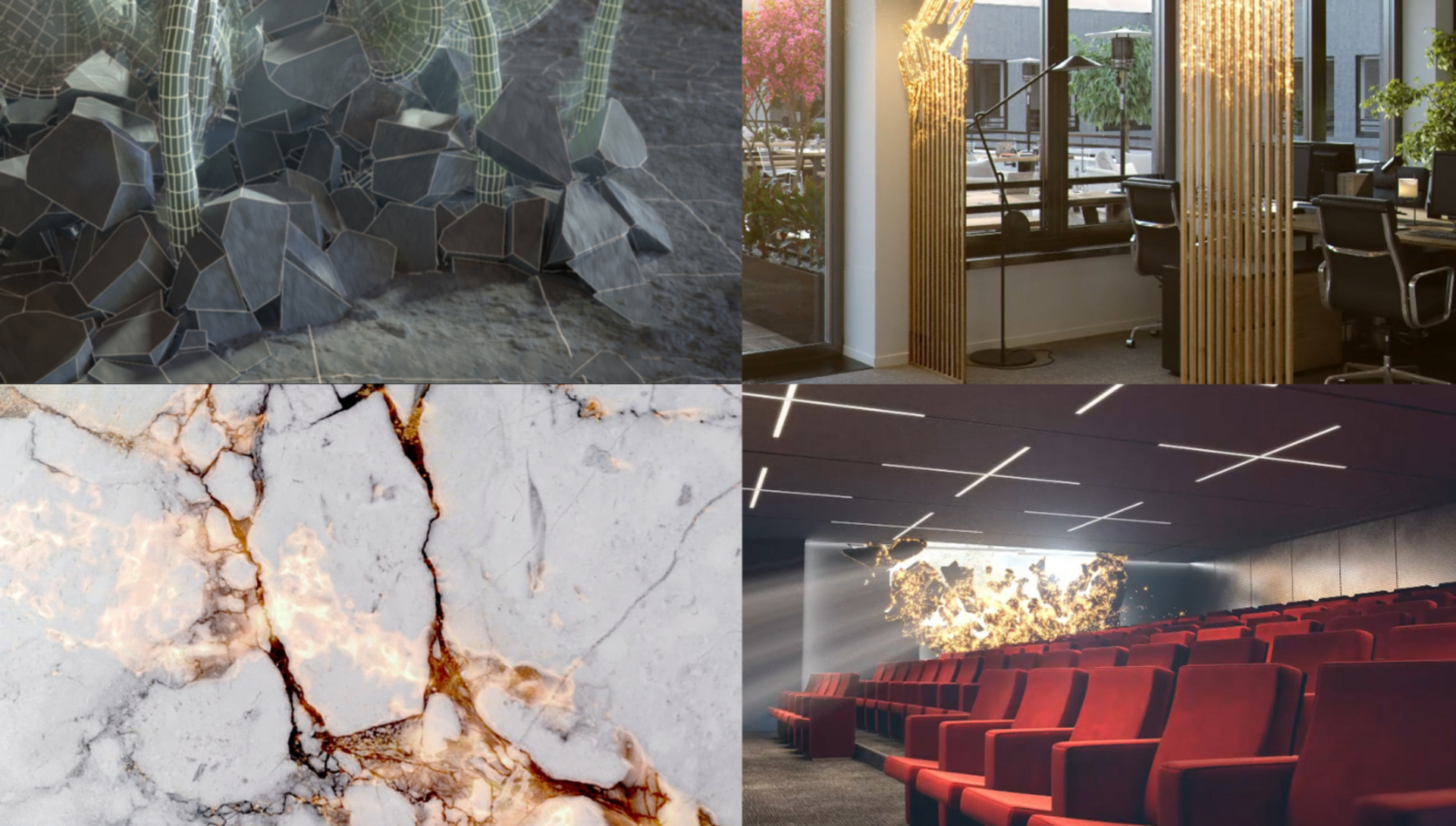
Initial planning and reference gathering
Kreaction wrote their early thoughts for the project and presented them to their client, along with some basic visuals and mood boards. Once the initial idea was approved, they proceeded to create various animatics (rough animation samples). This phase was pivotal, as the film incorporated a wide array of particle animation systems.
For the color continuity and the lighting, the studio began by gathering a substantial amount of photography material for reference. Since lighting played a critical role in their storytelling, they treated it as if it were a character in the narrative. As they followed the sun and its ascent, they unveiled the project. To ensure consistent color continuity throughout the production process, they made an early decision to establish a color continuity scheme, which they pinned on the studio wall. This served as a visual reference for everyone on the team, allowing them to maintain a cohesive color palette throughout the project.
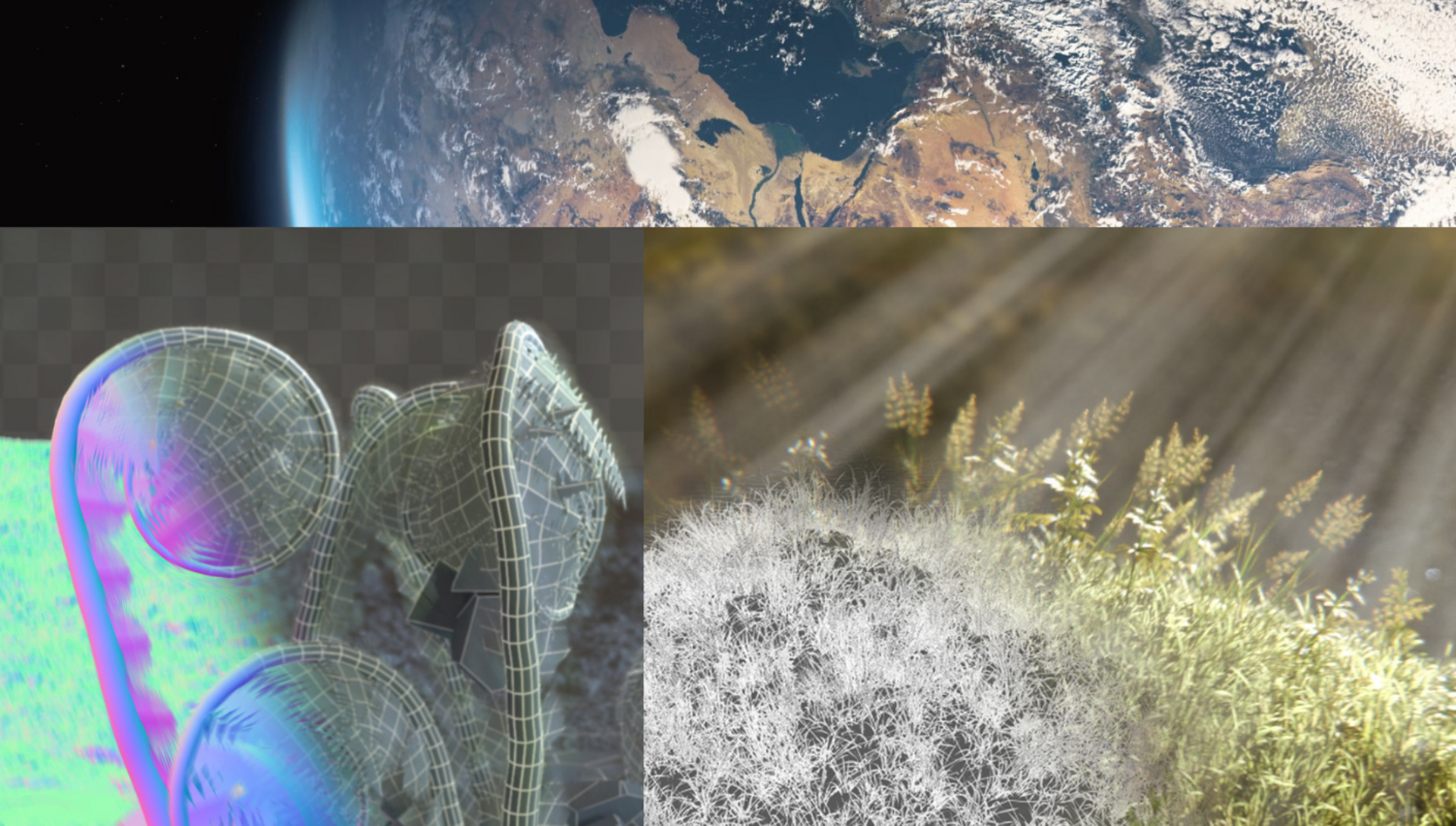
Incorporating the right music
When the initial storyboard was crafted, music from the renowned film Tenet was incorporated. During this time, the studio engaged in spirited discussions regarding the film's central concept, the sunrise, garnering mixed opinions. While some team members were not fond of it, others held a deep appreciation for its essence. Undoubtedly, its impact on everyone involved was undeniable. Surprisingly, the client embraced the first storyboard animation with utmost enthusiasm. As a result, the team approached a composer seeking to develop a musical composition inspired by Ludwig Göransson. Additionally, they requested that the composer enhance the dramatic elements of the editing through fitting sound design.
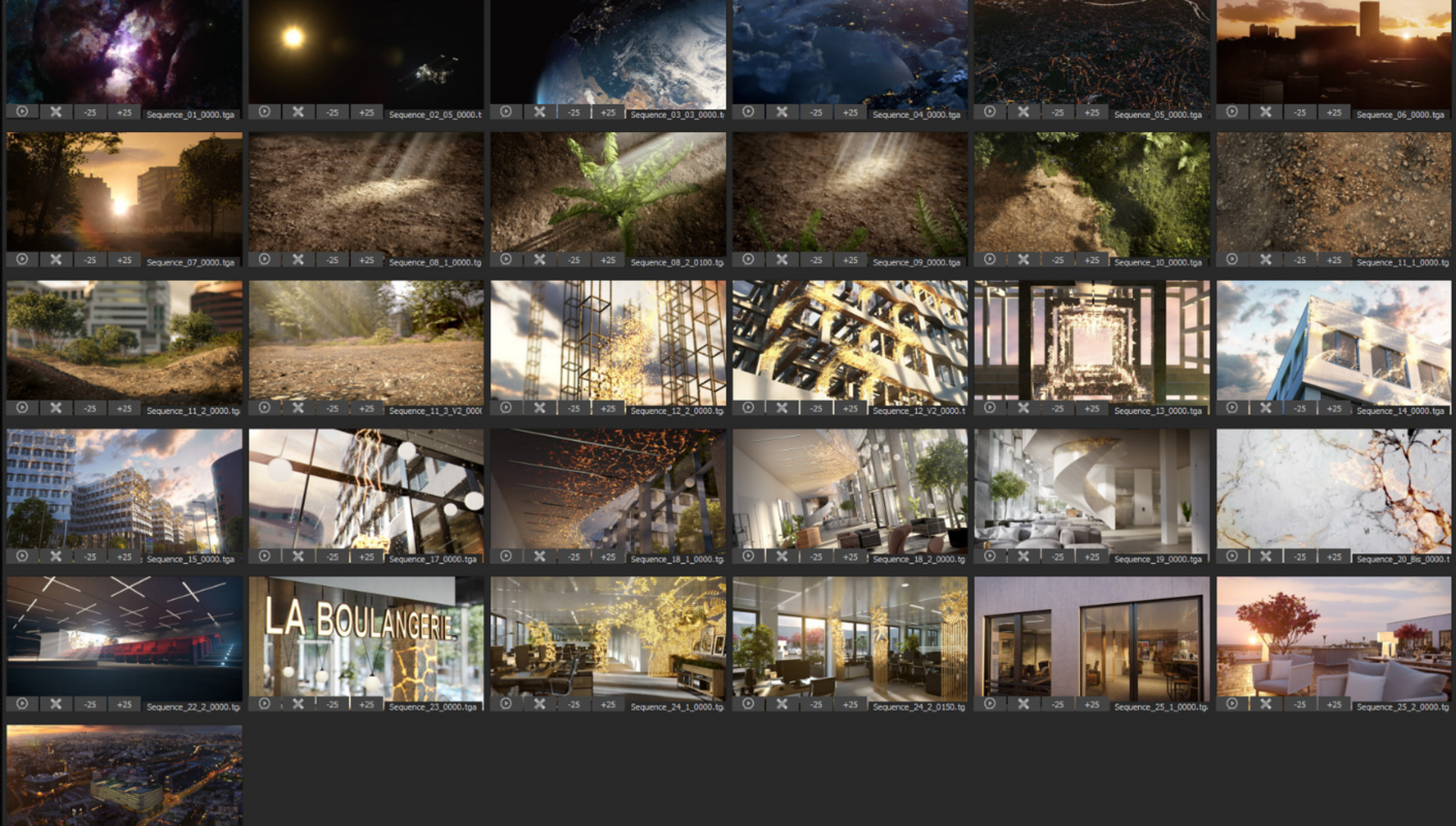
The three takeaways from the production process
Kreaction shares a few lessons they learned from working on Le soleil se lève à l'est. While these lessons are specific to their own process, they can also be helpful for any rendering project you have coming up.
- Keep the main goal in mind. One of the challenges when working with a team of creatives on an architectural film is to keep in mind the client's objectives and the targeted market. During brainstorming sessions, numerous ideas surfaced, and they often appeared promising. However, it's imperative to tailor the concept to meet the client's specific needs. For instance, when discussing special effects in a film like this, one might consider dramatic building destruction with billowing smoke. Yet, such destruction, smoke, and dust can carry a strongly negative connotation for the film's intended audience. It's essential to guide the creative process towards a more positive direction and align it with the client's objectives. Of course, the film should be beautiful, but the main goal of the project remains the sale of an asset.
- Keep consistency. A film of this nature is invariably a collaborative effort involving multiple creatives, each with their own unique sensitivities. However, they're not creating distinct sequences but rather a unified film. Beyond the initial script, it's crucial to consistently maintain coherence among the sequences, paying attention to details, color schemes, contrasts, and overall tonal consistency. To address this challenge, Kreaction developed internal tools to help the team while also exploring the potential of tools like Chaos Player to enhance their capabilities further.
- Use tools that work together. Architectural film production, particularly in today's context, has become progressively complex. It involves the integration of numerous tools from various software editors to achieve the desired outcome while maintaining production flexibility. Often, clients may not fully grasp the intricacies of such a production process, and even minor modifications can become quite challenging, depending on the chosen workflow. Kreaction met its objectives while maintaining efficiency from production to delivery thanks to the seamless integration of plugins such as GrowFX and TyFlow with Phoenix and V-Ray. The team also employed IPR, Vray Clouds, and Phoenix resimulation to enhance the overall workflow and creative process.

